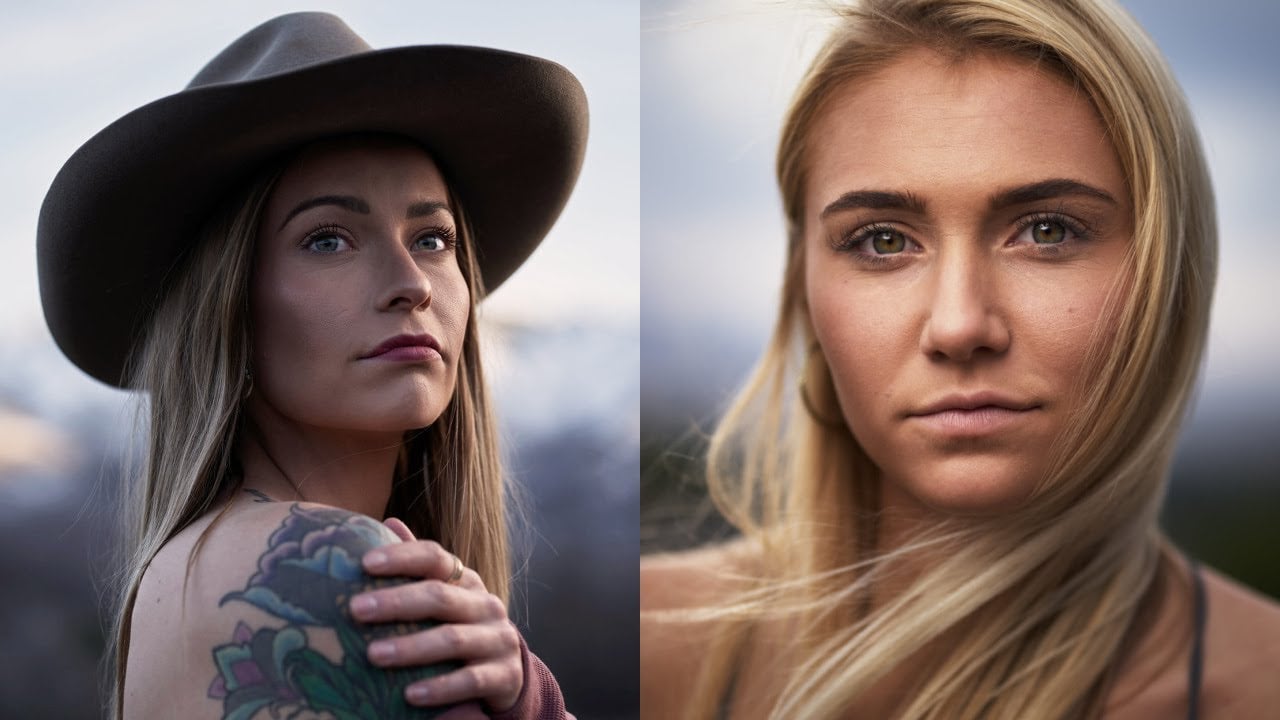
I’ve said it before, but I absolutely love taking outdoor portraits with a little pop of flash. Of course, natural or ambient light has its place, but you cannot beat the drama of balancing ambient lighting with a little bit of off-camera flash. For new photographers, this balance can be daunting at first. However, there are a few tricks that make it much more straightforward.
In this video, Nick Roush explains his easy-to-understand methods for shooting outdoor portraits with flash. In no time, you’ll be outside and up and running, creating beautiful and dramatic photos with ease.
Gear Essentials for Outdoor Portraits with Flash
When it comes to outdoor flash photography, the right equipment makes all the difference. Nick uses a Sony a7 IV paired with fast primes like the 50mm f/1.2 for their ability to isolate subjects with creamy bokeh. Obviously, you can use any camera or lens for these types of images, and Nick is quick to point out that the camera itself is less critical than mastering lighting. His real secret lies in his flash setup.
Nick uses the Profoto B10+, a portable 500-watt-second strobe that delivers enough power to compete with harsh sunlight. However, most of us don’t have the budget for Profoto, so alternatives like Godox, which offers solid performance at a more accessible price point, are a great idea. You’ll also need a remote trigger to wirelessly control the strobe and adjust power and settings directly from the camera.
You’ll also need some sort of light modifier, which plays a crucial role in shaping light. Nick categorizes them into three main types:
- Hard Reflectors, such as the Profoto Magnum, produce a focused, high-contrast beam similar to direct sunlight—ideal for dramatic, high-energy portraits.
- Indirect Reflectors, like beauty dishes, soften the light slightly while maintaining punch, making them perfect for balancing against strong ambient light.
- Umbrellas and Softboxes create beautifully diffused, flattering light but can be unwieldy in windy conditions. Nick recalls a challenging shoot on an Air Force tarmac where gusts nearly toppled his large octabox, requiring assistants to stabilize it mid-shot.
Additionally, Nick recommends having a variety of ND filters so that you can shoot at wider apertures without exceeding the flash sync speed, should you wish to.
The Step-by-Step Shooting Process
1. Start with Natural Light
Before even touching his flash, Nick evaluates the ambient light. On overcast days, the soft, even illumination makes for an ideal starting point. In harsh sunlight, he positions his subject in open shade or uses backlighting to avoid unflattering shadows.
He composes his shot, adjusts his subject’s pose, and takes a few test exposures, often underexposing the ambient light by ⅓ to 2 stops to create a moodier base. This technique makes sure that the flash enhances rather than overwhelms the scene.
2. Introduce the Flash
With the natural light dialled in, Nick brings in his strobe. His lighting setups are inspired by classic studio techniques, adapted for outdoor conditions:
- Rembrandt Lighting, with the flash positioned at a 45-degree angle, casts a subtle triangle of light on the shadowed cheek, adding dimension.
- Butterfly Lighting, where the flash is placed directly above the subject. It creates a soft shadow under the nose which is ideal for a polished, high-fashion look.
- Side Lighting emphasizes texture and depth, perfect for more dramatic, high-contrast portraits.
3. Balance Flash and Ambient Light
The real artistry lies in blending the two light sources seamlessly. Nick explains that shutter speed only affects ambient light (as long as you stay below the camera’s sync speed), while aperture, ISO, and ND filters influence both flash and ambient exposure. By tweaking these settings, he fine-tunes the ratio between artificial and natural light, ensuring the final image looks cohesive not artificial.
Mastering outdoor flash portraits is a blend of technical skill and creative intuition. By starting with strong natural light, carefully layering in flash, and maintaining a relaxed shooting environment, photographers can create images that feel both polished and effortless.
As Nick puts it: “The best lighting is the kind people don’t notice, they just see a great portrait.” Check out the full video below:


